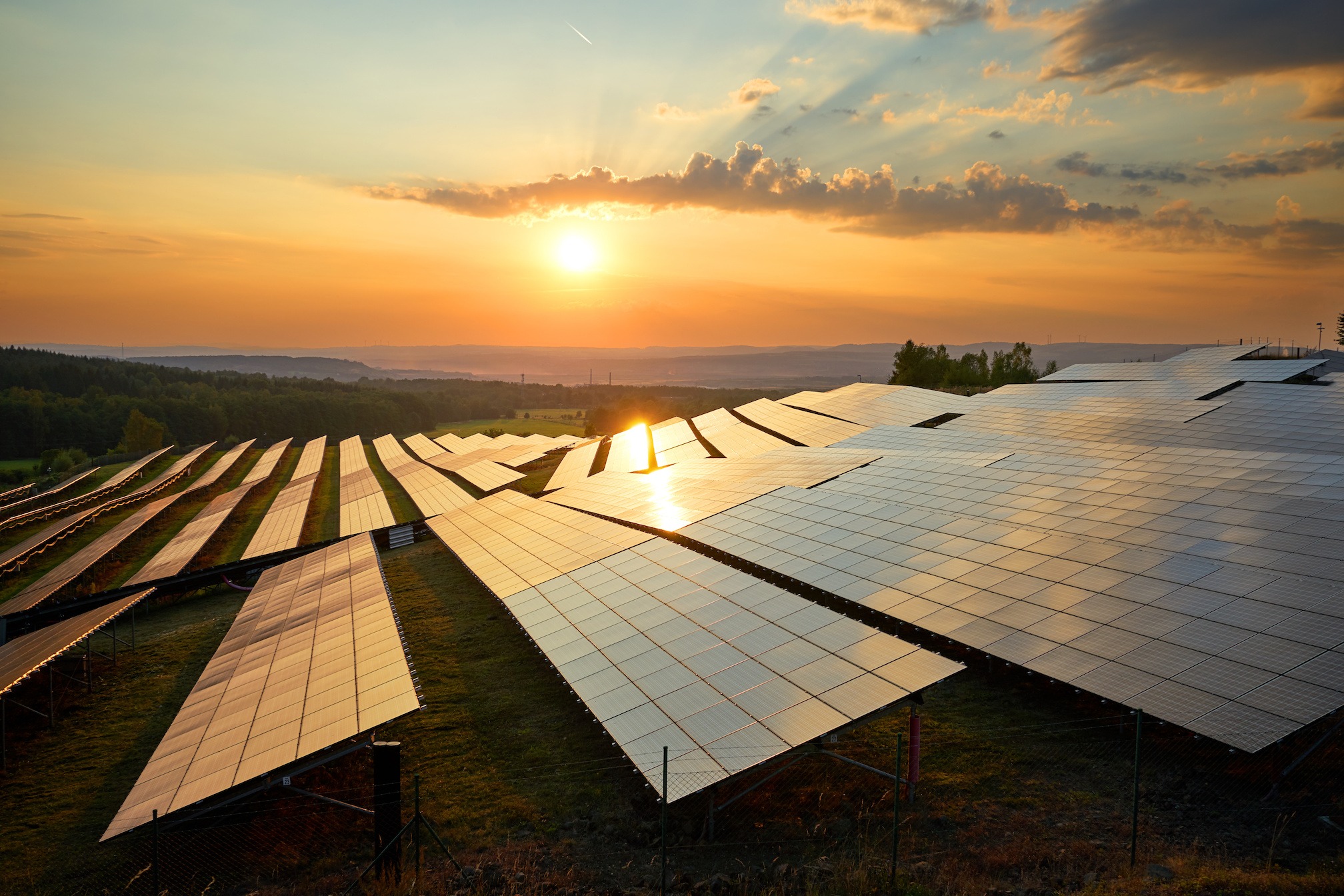With the price of PV generation dropping precipitously over the past decade, clean power has become so abundant in California that there’s often much more of it available than can be used during the day. While conventional thinking has seen this as a problematic limit to the usefulness of solar panels, a recent study reveals that experts are rethinking the value of surplus solar.
In their study, New York-based researchers Perez and Rabago explore the idea of intentionally overbuilding PV infrastructure as a way of achieving a “firm” power supply through renewable resources. Firm power is power whose supply can be guaranteed, as opposed to “intermittent” power, which may or may not be available depending on load demand and the atmospheric variables to which PV is generally beholden.
The researchers hypothesized that “supply shaping” PV power through overbuilding and proactive curtailment could effectively eliminate the intermittency of PV generation. For solar to become a full-time “firm” power going forward is crucial to making the transition away from fossil fuels completely.
Historically, utility scale electric generation has been subsidized and incentivized by governments in order to encourage overbuilding the power supply, even though there’s not enough demand to use it all. This subsidy-fueled surplus of energy is what makes our electricity as dependable as it is.
Similarly, overbuilding PV allows for the variables in generation while still securing a firm supply of energy. If your PV capacity is 5x demand, then you’re still covered when a string of cloudy days cuts into your production. Moreover, Perez and Rabago’s study showed that overbuilding capacity would lead to cheaper LCOE for ratepayers in the long run.
Of course, this approach is most effective when combined with storage, which has become a focus of utility-scale investors. As battery technologies are refined, more and more PV capacity will be converted into useable energy even after the sun goes down. Microgrids can also help to firm up supply by optimizing energy flow between smaller-scale producers and consumers.
Combining utility-scale solutions with local innovation is the kind of multipronged approach that will actually move the ball in terms of serious PV penetration. That’s why Power2Peer is hard at work building a digital marketplace for consumers to exchange clean power. Learn more about the P2PConnect Clean Energy Marketplace today and stay tuned for some exciting announcements coming your way soon!

